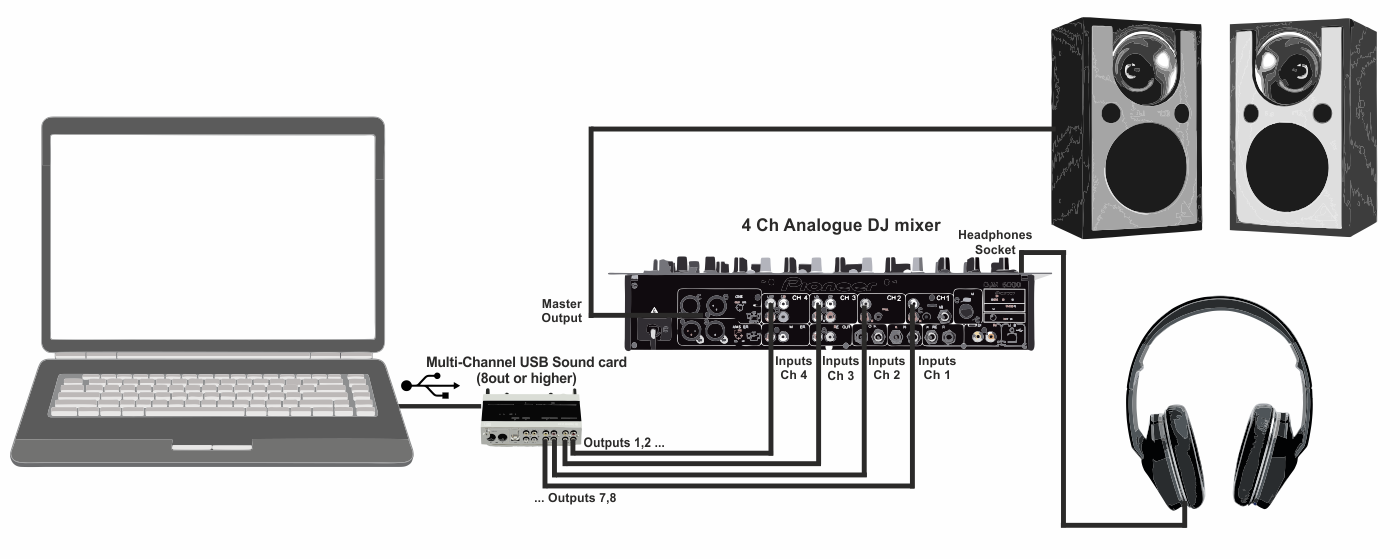

By default, you'll find a single stereo bus named 'Stereo In' in the 'Bus Name' column on the left.In the newly opened setup window, select the 'Inputs' tab (1).◷ Older Cubase/Nuendo versions: Select 'VST Connections' from the 'Devices' menu. Select 'Audio Connections.' from the 'Studio' menu or press F4 on your keyboard.Important: Only channels that are assigned to a bus are available for recording and playback in Cubase/Nuendo.

If needed, busses holding more than two channels can be setup as well as single-channnel (mono) busses. By default, an empty Cubase project ('Empty' template) has a stereo input and a stereo output bus, each combining two channels of the audio interface. Input and output channels in Cubase are organized in busses.

However, it is recommended to check whether the busses are correctly configured.īack | Next: Configuring input and output busses In many cases, particularly if you are using a simple audio interface with two input and two output channels, recording and playback will already be possible. If your audio interface is not listed, make sure the latest driver is properly installed - and that the device is correctly connected and switched on.Ĭubase is now basically connected with the audio interface. Select the driver of your audio interface from the 'ASIO Driver' pull down menu on the right.

◷ Older Cubase/Nuendo versions: Select 'VST Multitrack' or 'VST Audiobay'.


 0 kommentar(er)
0 kommentar(er)
